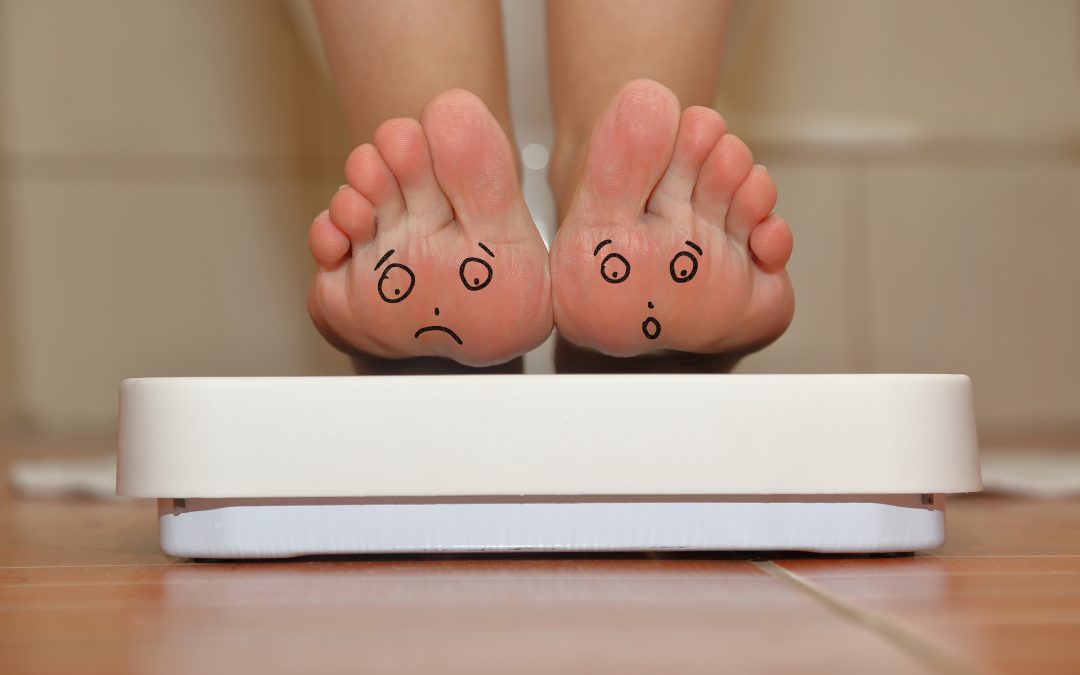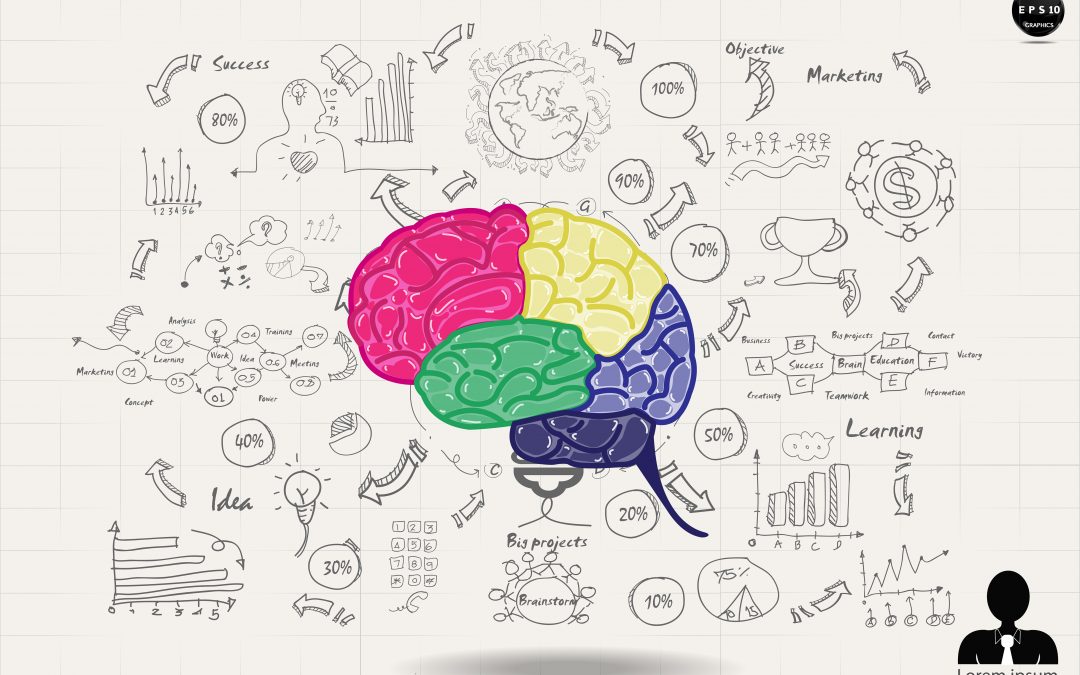
by Feeling Great | Body
4 Hidden Weight Loss Blockers
Weight Loss Blockers – Why Losing Weight Feels So Hard?
Reaching your ideal weight isn’t always as simple as eating well and exercising. Many people struggle despite their best efforts. The truth is, weight gain isn’t just about overeating or lack of movement—it’s influenced by your biology, environment, and habits.
Lisa’s story is a great example.
For 15 years, she fought to lose weight. She tried extreme diets, intense workouts, and even gave up when nothing worked. The cycle left her frustrated, exhausted, and at risk for diabetes.
That’s when she sought help.
Together, we created a personalized plan, identified what was blocking her success, and made consistent, tailored adjustments.
Six months later, Lisa had lost 25kg. She felt stronger, healthier, and happier. Seven years later, she’s still maintaining her goal weight and living life to the fullest.
Want to find your own success story? Start by uncovering!
4 Hidden Weight Loss Blockers.
1. Your Metabolic Set-Point is Keeping You Stuck
Did you know your body weight is under unconscious control? Just like blood pressure and temperature, your body works to keep weight stable—even if that weight is higher than you want.
Your metabolic set-point determines how much fat your body holds onto. If you cut calories, your body slows metabolism and increases appetite to return to its set weight.
But here’s the good news—you can reset your set-point. The key is small, sustainable changes tailored to your unique body. There’s no one-size-fits-all approach, but with the right strategy, long-term success is possible.
- Want to adjust your metabolic set-point? Click here to create a plan.
2. Stress is Sabotaging Your Progress
Chronic stress is one of the biggest barriers to weight loss. When stressed, your body releases cortisol, which spikes blood sugar and triggers cravings for high-calorie, comfort foods.
Emotional eating is also a response to stress. You may reach for sugary, fatty, or processed foods without even realizing it. Over time, this leads to weight gain and difficulty losing fat.
The solution? Managing stress is just as important as diet and exercise. Building emotional resilience and finding healthy coping strategies can help break the stress-weight gain cycle.
- Need guidance? A naturopath can help you build stress resilience.
3. Poor Sleep is Slowing Your Metabolism
If you’re not sleeping well, losing weight becomes much harder. Lack of sleep:
- Lowers metabolism
- Increases hunger hormones
- Reduces willpower to make healthy choices
Research shows poor sleep is linked to weight gain, increased waist size, and a higher metabolic set-point. If you’re always tired, your body craves energy, making it easier to overeat and harder to stay active.
- Struggling with sleep? Let’s work on restoring healthy sleep patterns.
4. Hidden Inflammation is Holding You Back
Inflammation is an often-overlooked cause of weight struggles. It can:
- Raise blood sugar, triggering fat storage
- Make it harder to lose weight, even with diet and exercise
- Release toxins from fat cells, creating a cycle of inflammation
Losing weight can reduce inflammation, but sometimes, your body needs extra support to process toxins. That’s where a clinical detox program can help.
- Want to reduce inflammation? A naturopath can guide you through a safe detox.
You Don’t Have to Do It Alone
Weight loss is a personal journey, and challenges are normal. But you don’t have to struggle alone. Working with a naturopath ensures you’re making the right changes for your body and getting support when obstacles arise.
Ready to break through your weight loss barriers? Click here to book a consultation. Topic about losing belly fat? Click Here!
Looking forward to supporting you,
Julie Smethurst (Feeling Great Naturopath)

by Feeling Great | Cognitive Health
Insomnia Struggles? Here’s How to Fix It
Insomnia Struggles – Your Brain Controls Sleep—Even When You’re Awake
Insomnia Struggles is when your body is tired, but your mind is still active. Sleep is not a luxury—it’s essential. Your brain works hard while you rest, performing vital tasks that keep your body and mind functioning properly.
Dr. Caitlin Tynan Doyle, a Professor of Neurology at Columbia University, explains:
“The brain is actually very active during sleep doing important things. It’s not just resting, and if you don’t get sleep, you don’t function on a number of levels the way you should.”
When you skimp on sleep, your brain and body pay the price. Poor sleep affects:
- Mood regulation
- Immune function
- Cellular repair
- Weight management
- Memory and focus
- Hormonal balance
- Energy levels
- Anxiety and depression
Lack of sleep doesn’t just leave you tired—it can throw your entire system out of balance.
Why Do So Many People Have Insomnia Struggles?
For 30% of adults, insomnia is a daily battle. Many people lose sleep due to stress, anxiety, or an overactive mind. Thoughts race, worries take over, and falling asleep feels impossible.
Studies show that 50% of people experience sleep loss due to anxiety. Some even call in sick or struggle to stay awake at work after a restless night. If this sounds familiar, you’re not alone.
But the good news? Sleep patterns can be retrained.
How Sleep Patterns Work in the Brain
Your brain operates in patterns, known as neural maps. These maps shape your thoughts, emotions, and behaviors, including how you experience anxiety and sleep.
When anxiety is the root cause of insomnia, treating the anxiety first can rewire the brain’s sleep pattern.
The Role of Melatonin and Serotonin
- Melatonin rises at night, making you sleepy.
- Serotonin increases in the morning, keeping you alert.
However, stress, irregular routines, or hormonal imbalances can throw off this cycle, making it harder to sleep.
So, how can you reset your brain’s sleep pattern?
Reprogramming Sleep with Hypnotherapy
Your brain created the sleep problem—so it can also create the solution.
Hypnotherapy helps reintroduce healthy sleep patterns by guiding the brain into the Delta brain wave state, which is linked to deep sleep.
Understanding Brain Waves and Sleep
There are five types of brain waves:
- Gamma & Beta – High activity (alertness, learning)
- Alpha & Theta – Relaxed, creative states
- Delta – Deep sleep and restoration
Through hypnotherapy, the brain learns to move into Delta more easily, allowing normal sleep cycles to return.
How Hypnotherapy Can Help You Sleep Better
I work with both men and women every week to help retrain their sleep patterns. Interestingly, women are twice as likely as men to experience insomnia, struggling to fall and stay asleep.
During sessions, I create a personalized ‘Sleep Protocol’—a series of triggers that signal your brain to enter deep sleep.
As part of the consultation, I also provide a customized sleep recording for your phone. Many patients continue using it for years, especially after late nights, to help them fall asleep quickly.
Ready for Better Sleep?
Your brain is always working—awake or asleep. If it created a disrupted sleep pattern, it can also be trained to restore balance.
Every pattern can be changed. Read this If you’re ready for a change in your life? You can read this Brain Fog Treatment for a clear mind and start the change!
CLICK HERE and book your session with me!

by Feeling Great | Energy/Fatigue, Mental Wellbeing
7 Major Benefits of Floating
Why Is Floating Gaining Popularity?
Floating has been around for decades, but recently, it’s getting more attention for its powerful health benefits. More people are discovering how it can reduce stress, improve sleep, and even relieve chronic pain.
Origins of Floating
The idea of floating in saltwater for therapeutic benefits isn’t new. It has been used for years, but over the past five years, it has made a strong comeback.
Back in the 1950s, neuroscientist John C. Lilly studied the effects of sensory deprivation on anxiety, addiction, and stress. Seeing impressive results, he developed a commercial float tank that made floating accessible to more people.
Floating became popular in the 1960s, but concerns over water cleanliness slowed its growth in the 1970s. Despite this, researchers continued studying its effects. Today, float centers are everywhere, including my favorite one—The Private Sea in Mornington.
So, why should you try floating? Here are seven major health benefits that might convince you.
1. Floating Lowers Stress
One of the biggest reasons people float is stress relief. Floating helps in two ways:
- The magnesium in the water lowers stress hormones like cortisol
- Sensory deprivation gives your mind a break, reducing tension
In a study, participants who floated eight times over two weeks saw a 21.6% decrease in cortisol levels. They also handled stress better without the usual spikes in cortisol.
The best part? That deep relaxation doesn’t disappear once you leave the tank—it lingers, helping you stay calm in daily life.
2. Floating Increases Magnesium Levels
Magnesium is essential for over 235 bodily functions, yet many people are deficient. A lack of magnesium can lead to:
- Muscle cramps and fatigue
- Poor sleep and anxiety
- Joint pain and headaches
Floating replenishes magnesium levels by soaking your skin in Epsom salt (magnesium sulfate). Just one float session can provide enough magnesium to support your body for days.
3. Floating Reduces Anxiety and Depression
Chronic stress triggers high cortisol and adrenaline, which can lead to anxiety and depression. Floating helps by:
- Reducing cortisol production, helping you feel calmer
- Improving sleep, which directly impacts mental health
- Promoting relaxation, so you feel lighter and more positive
In one study, people who floated 12 times reported less stress, pain, and anxiety. They also noticed improved sleep and a more optimistic outlook, with results lasting up to four months.
4. Floating Relieves Physical Pain and Inflammation
If you struggle with chronic pain, floating might be the relief you need. It helps by:
- Increasing circulation, which reduces muscle tension
- Promoting oxygen flow, which speeds up healing
- Relieving joint pain, even for conditions like fibromyalgia
Floating has been shown to reduce pain, stress, and muscle tension, helping people move more freely with less discomfort.
5. Floating Improves Sleep Quality
Struggling with insomnia? Floating can help reset your sleep cycle.
- Magnesium relaxes muscles, preparing your body for deep sleep
- One hour in a float tank is equivalent to four hours of deep rest
- Even after just one float, people report feeling more refreshed
Better sleep leads to better energy, focus, and mood—all essential for a healthy lifestyle.
6. Floating Enhances Creativity
Artists, writers, and musicians use floating to boost creativity. A study found that floating improves technical skills and enhances problem-solving abilities.
When your brain enters a deep relaxation state, creative ideas flow more easily, making floating a great tool for anyone looking to unlock their full potential.
7. Floating Deepens Meditation
Many people struggle with meditation because of distractions. Floating makes it easier by:
- Eliminating external noise
- Helping you stay fully present
- Allowing your mind to enter a theta state—the deepest level of relaxation
This deep mental clarity can last for days or even weeks, helping you stay focused and mindful in everyday life.
What to Expect on Your First Float
Float tanks are spacious, measuring around 2.5 meters long and 1.2 meters tall, so you can sit up inside. The water, heated to 35°C, is infused with 350kg of Epsom salts, making you effortlessly float.
Before or after your session, you can also enjoy an infrared sauna for an even deeper relaxation experience.
Each person’s float experience is unique—some feel meditative, others creative, and many report feeling refreshed and optimistic for days afterward.
Final Thoughts
Floating is an amazing experience that can help you feel relaxed, balanced, and pain-free. It’s now my go-to gift for loved ones near The Private Sea in Mornington.
You can also read about Sensory Overload I hope this gave you insights and you can share us your experience!
Need to get to the root cause and feel relaxed, and pain-free – come see me
References
[1] https://www.physiology.org/doi/abs/10.1152/j…
[2] http://floatinglotus.com/wp-content/uploads/…
[3] http://psycnet.apa.org/record/2006-07100-002
[4] http://floatinglotus.com/wp-content/uploads/…

by Feeling Great | Mental Wellbeing
Is It Time to Break Free from Sabotaging Patterns?
Breaking Old Patterns – Reclaim Your Spark and Transform Your Life
Breaking Old Patterns? Have you ever noticed people who seem to radiate energy, joy, and confidence? It’s almost as if they have a natural spark that draws you in. I’ve always been fascinated by this energy and its impact on how people share their unique gifts with the world. From high school teachers to local shopkeepers, the people who exude this spark seem to have an undeniable magnetic quality.
But what about those who feel their spark has faded? This was my inspiration to help others reignite the natural vitality they were born with.
Our bodies and minds are complex, and it’s easy to get stuck in unhelpful patterns. When I work with clients, I start by examining their biochemistry and daily habits. From there, we declutter and rebuild. Once your foundation is strong, you can move forward with confidence and vitality.
How Does Your Brain Control Your Life?
Everything that happens in the brain affects the body. Today, we often hear about managing stress, anxiety, and depression. However, everything we experience, from our thoughts and feelings to our actions, follows a specific pattern in the brain—called neural maps. These patterns can either be helpful or unhelpful.
Unhelpful patterns include:
- Anxiety
- Depression
- Phobias
- Pain
- Smoking
- Overeating
- Poor sleep
On the other hand, helpful patterns might look like:
- Creativity
- Confidence
- Learning
- Performance at school/work
- Riding a bike
- Speaking a language
The brain is a powerful tool that, once conditioned, continues to repeat these patterns until something is done to change them.
Breaking Old Patterns: A Real-Life Example
Consider the case of Angela, who suffered from severe anxiety and agoraphobia. Her anxiety was draining all her energy and resources, leaving her unable to cope with daily life. She came to me with a list of five issues to address. I focused on the root cause—her anxiety.
By treating the anxiety first, we were able to eliminate the overwhelming feeling that consumed her day. After just a few sessions, Angela regained her energy and began asking, “What can I do to feel good?”
This story highlights how our brains create patterns, but they can also be rewired. Clinical hypnotherapy is a powerful tool in this process, allowing us to replace negative patterns with positive, life-changing ones.
Psychology vs. Clinical Hypnotherapy: What’s the Difference?
Many people ask about the difference between psychology and clinical hypnotherapy. Psychology deals with the conscious mind, focusing on understanding our reality and maintaining existing patterns. In contrast, clinical hypnotherapy works with the subconscious mind, the part of the brain that creates and breaks patterns.
While psychology can help us understand the origins of our patterns, clinical hypnotherapy goes deeper. It bypasses the conscious mind and reprograms the subconscious. This allows for faster and more effective change without reactivating old patterns.
How Clinical Hypnotherapy Works
In hypnotherapy, we don’t dwell on the problem; instead, we focus on creating new neural maps. The process begins with an investigation into the patient’s history and the identification of the most helpful changes. Then, we guide the patient into a relaxed, suggestible state—similar to daydreaming or meditation.
In this state, the brain is more open to change, and new, positive patterns begin to form. These changes can happen immediately, leading to lasting transformation.
Take Control of Your Brain, Take Control of Your Life
If your old patterns are running your brain and holding you back, it’s time to take action. Change is possible, and when your brain changes, everything changes.
Are you ready to reclaim your spark and break free from patterns that no longer serve you? Let’s begin today and unlock the possibilities for a vibrant, fulfilling life.
You can also read Making Changes – What Hat Are You Wearing? Hoping that’s given you food for thought and a few ideas to digest. If you know someone who would benefit from this, please share it.
CLICK HERE to book a session with me and let me help you achieve your healthy future.







